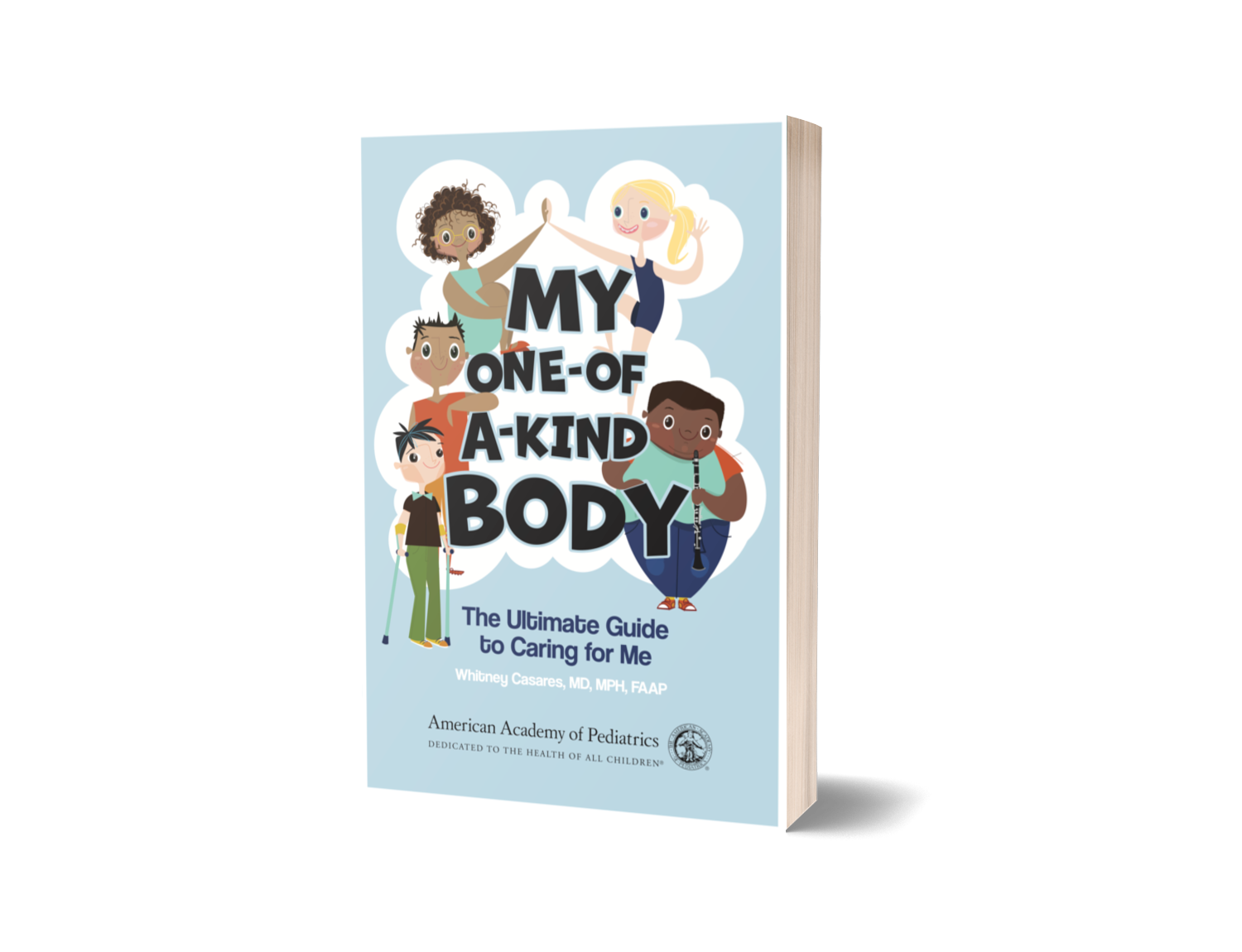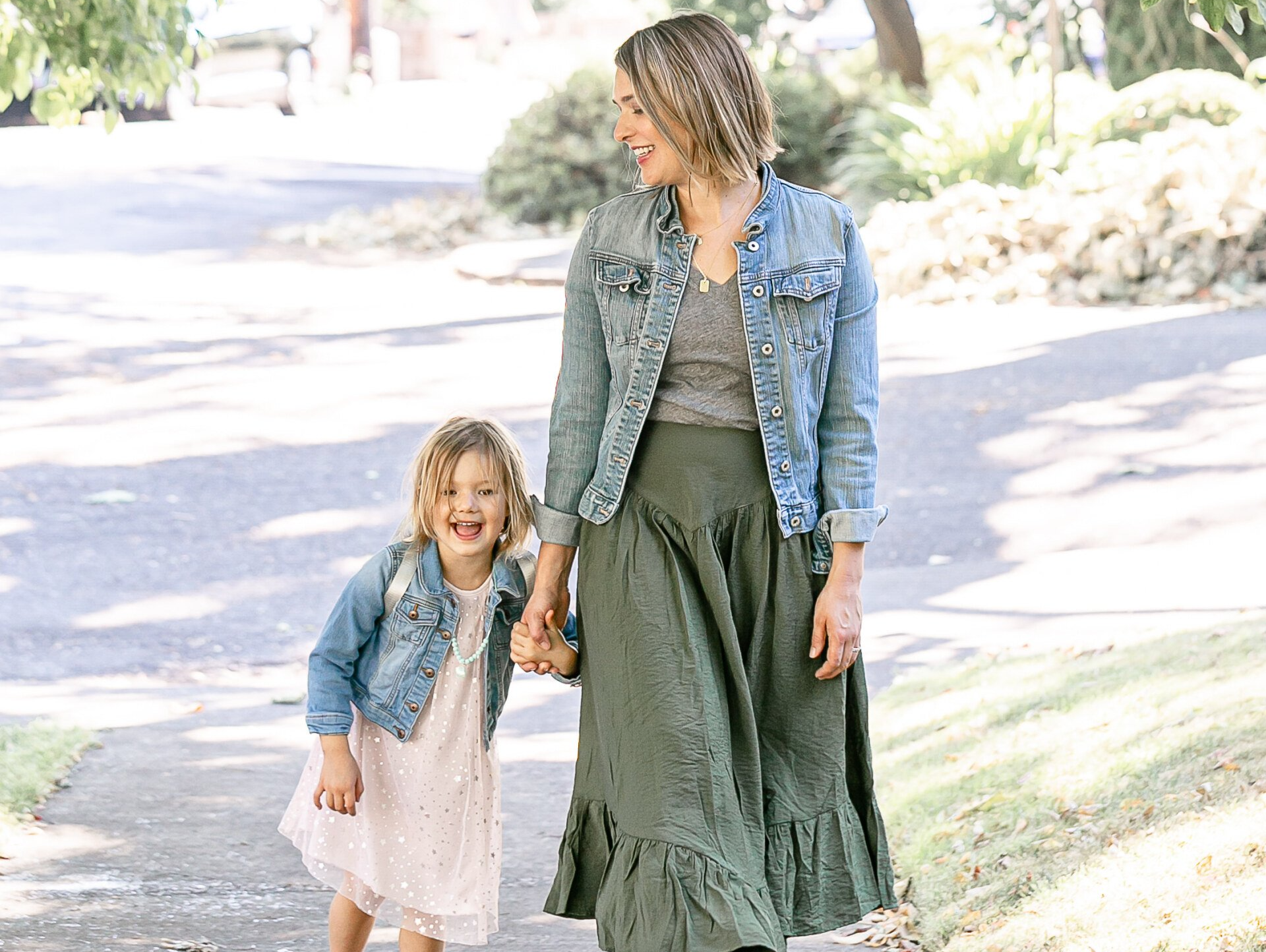Tomorrow my book, The New Baby Blueprint comes to shelves everywhere, though there won't be many people (or any) in bookstores, I imagine, at least not in Portland, when I live. There's an eerie silence in my city at this moment, one that may stick around for a little bit.
That doesn't mean life won't, in at least some ways, go on. Today I saw parents of a three-day-old baby in clinic. She was having minor feeding issues but issues nonetheless. That baby doesn't care if the coronavirus is on the rise in the United States. It doesn't care that her mom can't access lactation services as easily as normal.
At times like these, it's easy to get discouraged and to feel helpless, especially if you're in that new parent phase when overwhelm, anxiety, and depression are already more likely to throw parents off their game. Opportunities for support are all around us, though, even if we have to be more creative to find them.
This week on the podcast, Katie Kennedy, IBCLC, joins us to talk about what to do to make breastfeeding successful long-term, and what success really looks like in the big picture. Listen to the episode here.
Even if you can't access lactation help as easily as you might when there isn't a pandemic sweeping the nation, you can get reputable information. Check out our book, The New Baby Blueprint for more. Sign up for our online program: Taking Care of You and Your Newborn. You are not alone!
New Mom Breastfeeding Tips from The New Baby
Blueprint
Position your baby’s head higher than her body during feeds, and hold her body upright after feeds.
This allows the food to go down versus up. Think about yourself when you eat a huge meal. You feel uncomfortable, right? You feel like burping. You might even feel a little bit of spit-up coming up. If you were to lie down, you would feel even worse. The same goes for a baby. Experts recommend an upright position after feeds as much as possible.
Burp your baby often during feeds.
Ask your doctor or lactation specialist about laid-back positioning and about c-clamping if it seems like you may have overactive letdown. Signs include your baby having a hard time handling the amount of milk that comes into his mouth or, when your breasts let down, milk sprays everywhere, or you have so much milk on your initial letdown that you have to catch a bunch of it in a towel/it gets all over you and your baby. (See the video demonstration below.)
Laid-back nursing positioning is just that—you recline back onto a pillow or a couch so that you’re at more of a 45-degree angle with your baby, as opposed to leaning over your baby’s mouth, so that the milk flows more likea stream versus like a waterfall (which is less forceful).
C-clamping is when you make a c-shape with your forefinger and your thumb, encircling your breast just behind the areola. You latch your baby, watch the baby swallow your first letdown’s milk, and then, instead of clamping down and pushing forward, you clamp down and push back on the breast tissue to stop the flow. Wait until your baby takes a pause from eating, then loosen your clamp. Repeat this for the rest of the feed until your baby is done eating. Again, your pediatrician or lactation consultant will be the best person to let you know if this is appropriate for you.
Look Out for Excessive Weight Loss
If your baby isn’t getting enough milk, she can lose too much weight. By about day 3 to day 4, your milk shouldbe in. You’ll start to see and hear your baby really swallowing when she is eating, and you may see milk at the corner of her mouth. If that isn’t happening, again, it means you need help.
We expect that babies will lose up to 10 percent of their birth weight in the first few days after birth. But once your milk is well established, weight gain begins.
One of the major indicators of a normal progression is poop, which changes rapidly as your milk comes in and turns from just a few sticky, dark stools to a lot of yellow seedy stools when the milk is flowing well and your baby is processing all that good nutrition!
Give Yourself Grace if Things Don't Go How You Expected They Would
Breastfeeding is hard work...and it's an area of severe disappointment for so many mamas. We wrote all about how to deal with your own personal breastfeeding story – joyous, overwhelming, disappointing or somewhere in-between here.
















